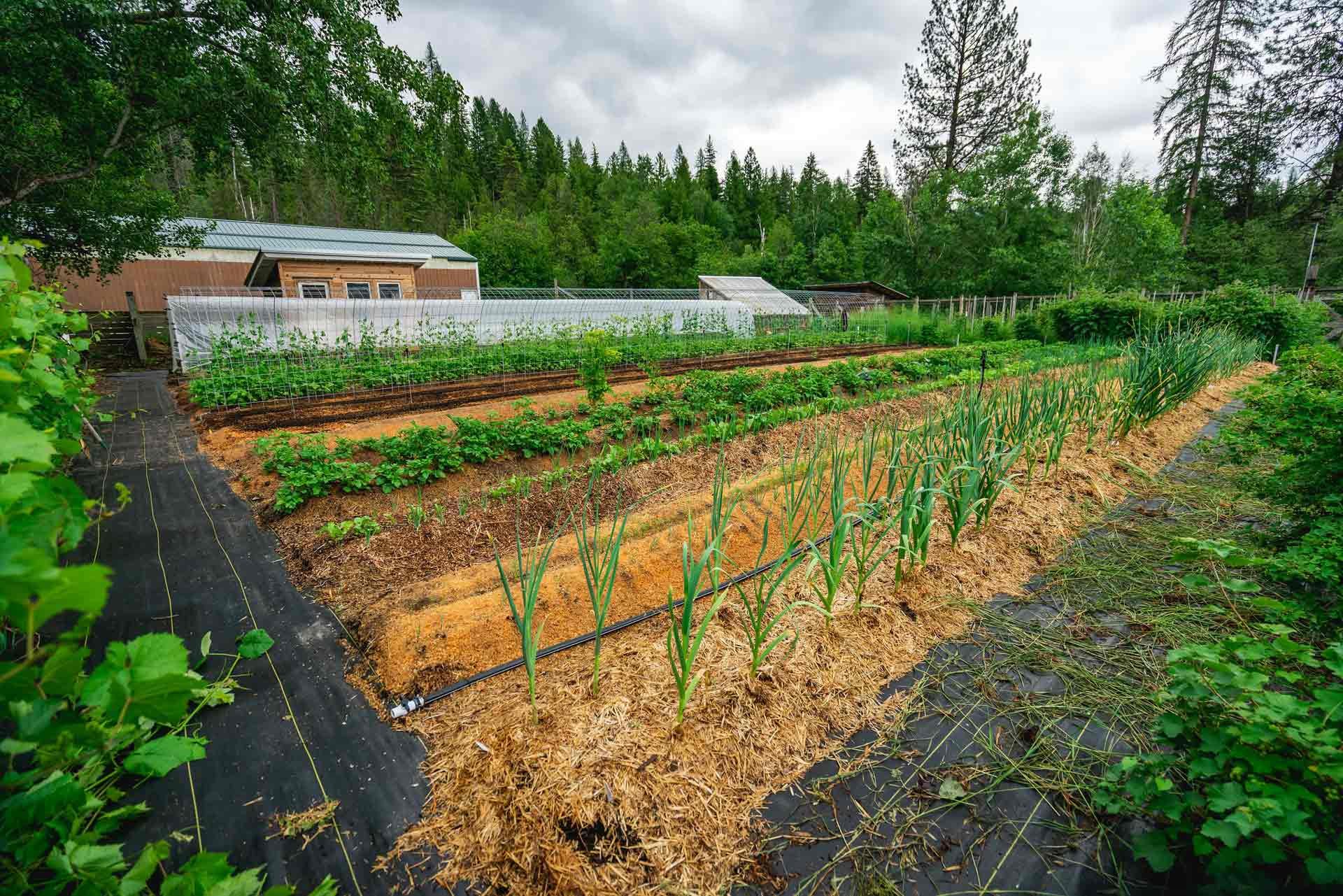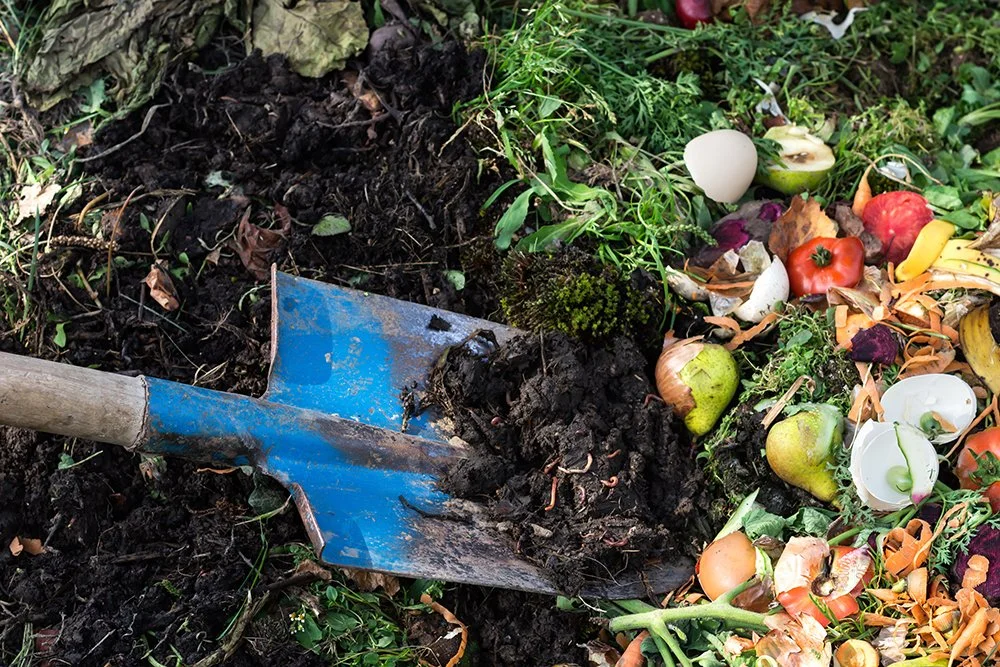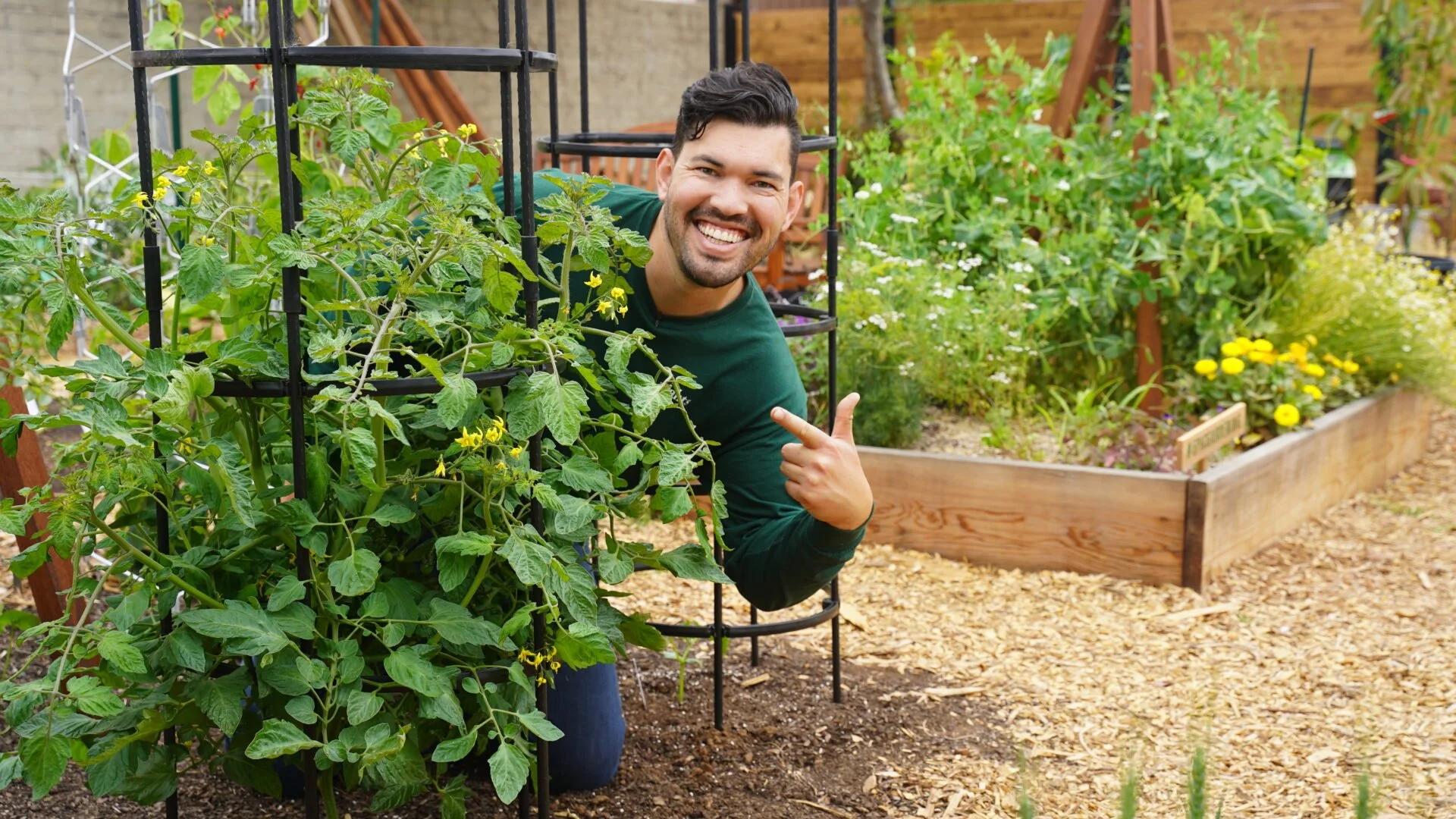Get Started with Your Homesteading Garden
Discover > Homesteading > Get Started with Your Homesteading Garden
Homesteading is a back-to-basics, self-sufficient lifestyle that has been gaining popularity in recent years. One of the keys to success in homesteading is having a productive garden. A garden can provide you with fresh, organic vegetables, fruits, and herbs to feed your family and even provide extra income by selling at local markets.
In this article, we will guide you through the different stages of homesteading gardening, from planning your garden, getting started, and advancing to advanced strategies.
Planning Your Homestead Garden
When planning your homestead garden, it's essential to consider the herbicides your neighbors use, soil composition, and sunlight exposure. Begin by sketching a garden map of your edible garden vision and a list of crops you would like to grow.
Consider the various vegetable varieties that can grow in your climate and soil type, and choose different species that yield throughout the season. Group plants with similar water and sun requirements, as well as by seedling rotations and plant successions. Finally, consider what extra garden structures you might require, such as raised beds, greenhouses, and compost bins.
Getting Started
Now that you have a plan in place, the next step is to begin planting your homestead garden. Start small and work your way up. Choose a sunny, well-drained spot and prepare your planting beds by removing rocks, weeds, and other obstacles from the soil.
Afterward, add a layer of organic matter (like compost, manure, or leaf mold) to improve soil quality and fertility. For beginners, it's essential to start with easy-to-grow crops like tomatoes, peppers, beans, and leafy greens. Use mulch on your vegetable garden to suppress weeds, reduce soil temperature, and retain moisture in the soil.
Advanced Homestead Gardening Strategies
Once you have established a routine for your garden, you can broaden your horizons with a variety of techniques to enhance plant growth and yield. For instance, raised beds are handy for those with limited space or poor soil quality, as they allow the soil to be raised to the proper height for plant growth.
Crop rotation is another valuable strategy, as it prevents pests from establishing themselves in your garden by planting different crops in different spots each year. You can also plant fruit trees and berry bushes as these have higher yields than annual vegetables and herbs. To protect your crops from pests without using chemicals, use companion planting methods, such as planting marigolds next to vegetables to deter pests.
Planning a Sustainable Garden
The first step to a successful homesteading garden is to plan it effectively. This involves choosing the right location, size, and design, based on factors such as sunlight exposure, soil quality, water availability, and accessibility.
You may also want to consider other features, such as raised beds, compost piles, rain barrels, or fences, depending on your preferences and needs. One useful tool for planning a garden is the square-foot gardening method, which involves dividing your garden into small plots and calculating the optimal spacing and yield of each crop. This method can help you maximize your harvest without overplanting or underutilizing your space.
What Can I Grow?
Another important aspect of homesteading gardening is selecting the crops that best fit your climate, soil, and lifestyle. While you can grow virtually anything in a garden, some crops are better suited for homesteading purposes than others. Here are some examples:
Vegetables: tomatoes, peppers, cucumbers, onions, garlic, beans, peas, lettuce, spinach, kale, carrots, beets, squash, zucchini, potatoes, sweet potatoes, herbs.
Fruits: berries, apples, pears, plums, peaches, cherries, grapes, figs, citrus, melons, rhubarb.
Grains: wheat, corn, oats (how long do oats last?), barley (how long does barley last?), rice, quinoa (how long does quinoa last?), amaranth (how long does amaranth last?).
Legumes: beans, lentils (how long do lentils last?), chickpeas.
Nuts (how long do nuts last?): almonds (how long do almonds last?), walnuts (how long do walnuts last?), hazelnuts, pecans (how long do pecans last?), chestnuts.
Flowers: marigolds, sunflowers, lavender, chamomile, calendula.
Of course, the choice of crops depends on many factors, such as your tastes, goals, and resources, as well as the seasonal and climatic variations in your area.
How Much Can I Grow?
One of the key variables in homesteading gardening is the quantity of produce you can expect from your garden. This varies depending on factors such as the size of your garden, the types of crops you grow, the quality of your soil, the amount of water and nutrients you provide, and the weather conditions. However, to get a rough idea of your potential yields, you can use some general guidelines.
For example, you can estimate that each plant of tomatoes or peppers can yield about 5-10 fruits per season, while each plant of lettuce or spinach can yield about 1-2 pounds per season. Similarly, you can expect about 10-20 pounds of potatoes, 5-10 pounds of beans, or 2-5 pounds of squash per plant. With these metrics, you can calculate the total yield of your garden and adjust your planting schedule and layout accordingly.
Herbs in Small Gardens
One of the most popular aspects of homesteading gardens is the ability to grow and harvest herbs. Herbs are not only useful in cooking, but they can also be used for natural remedies and beauty products. When it comes to small gardens, it can be challenging to grow herbs, but with a little creativity, you can make it happen.
Consider hanging herb gardens or using a vertical garden system to maximize space. You can also plant herbs in containers and place them strategically around your garden. Basil, thyme, and chives (how long do chives last?) are great herbs to start with, and they are relatively easy to grow.
Garden Room Ideas
Garden rooms are a fantastic way to extend your living space and invite nature into your home. You can create a garden room in various ways, including using an existing room, guest bedroom, self contained living accommodation or building a new one entirely.
One of the easiest ways to create a garden room is by using an existing shed or garage. You can add windows, insulation, and electricity to create a bright and airy space. Another great garden room idea is to build a gazebo or pergola in your garden, creating a shaded oasis and private space. Alternatively, you can create a living room-style garden by using outdoor furniture and greenery to create a comfortable and relaxing space.
Contemporary Garden Rooms
Contemporary garden rooms are a modern take on traditional garden rooms. They are designed to be an extension of your home and provide year-round space. They are usually built from sustainable materials and provide natural light, heat, and ventilation.
Contemporary garden rooms are incredibly versatile and can be used for anything from a home office to a yoga studio. They are perfect for those who want to embrace a modern and minimalistic lifestyle while still being connected to nature.
Composting
Composting is an essential part of homesteading gardening, and it's an environmentally friendly way to reduce waste. Composting is a process where organic materials are broken down into a nutrient-rich soil. You can compost almost anything that comes from plants and animals.
Common compostable materials include fruit and vegetable scraps, leaves, grass clippings, eggshells, and coffee grounds. Composting is a simple process, and you can start by building a compost bin or purchasing one. You can use compost as a natural fertilizer for your garden, creating nutrient-rich vegetables and fruits.
Homesteading Garden Tips
Use Organic Methods - Homesteading gardens are all about using natural and sustainable methods. Avoid using synthetic fertilizers, pesticides, and herbicides, as they can harm the environment and your health. Instead, use organic compost and manure to enrich the soil, and companion planting to control pests and diseases.
Take Care of Your Garden - Once you have planted your homesteading garden, it is essential to take care of it. Water your plants regularly, and mulch around them to help retain moisture and prevent weeds. Prune, trim, and harvest your crops as necessary, and keep an eye out for signs of pests or diseases.
Choose The Right Planting Time - Different plants have different planting times. Some plants prefer cooler weather and can be planted early in the spring, while others need warmer temperatures and can be planted later. Be sure to do your research and choose the right planting time for each type of plant.
Water Your Plants Regularly - Plants need water to grow, so it is important to water them regularly. However, be careful not to overwater them, which can lead to root rot. You can use a drip irrigation system to water your plants slowly and evenly, or you can use a hose or watering can to water them by hand.
Conclusion
Homesteading gardening is a unique activity that takes time, effort, and commitment, but it can be a highly rewarding experience. From planning your dream garden to executing your plantings, this journey requires a great deal of patience, perseverance, and passion.
With the right knowledge and techniques, you can enjoy a bountiful harvest of fresh organic produce, and you get the satisfaction of knowing exactly how your food was grown. Remember, there is no one-size-fits-all way to homesteading gardening, so listen to your instincts and experiment with new ideas to find what works best for you. Happy gardening!
#modern garden room #outdoor space #garden building #garden space #contemporary garden room #garden office #summer house #small garden room #outdoor room













